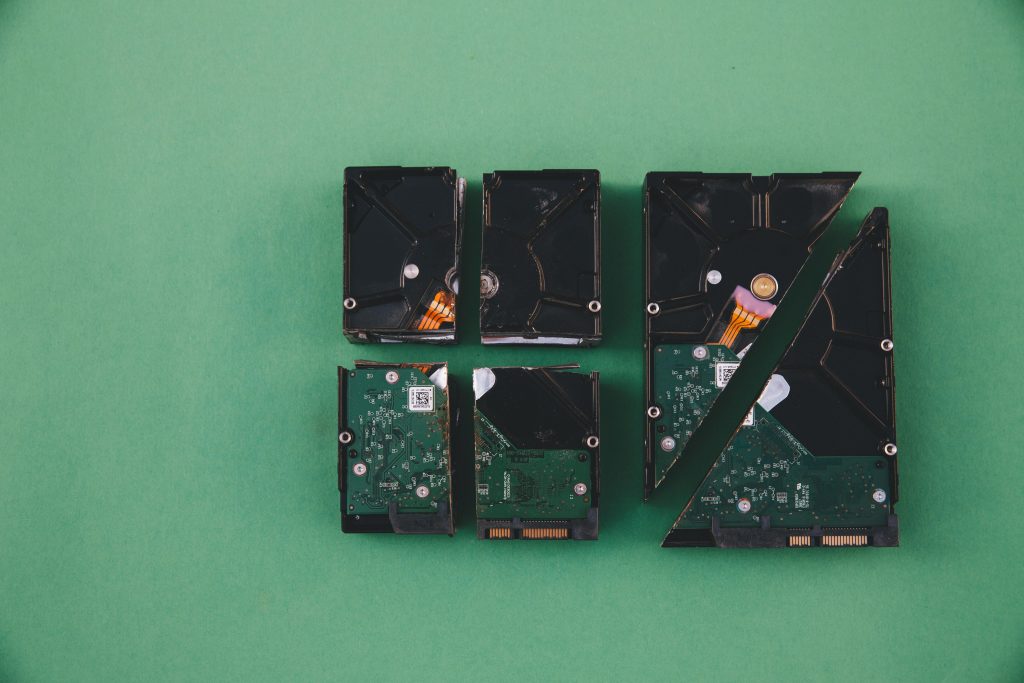Understanding Drive Health and Recovery Potential: An Analysis of CrystalDiskInfo Reports
In the realm of data storage, encountering a failing drive can be a stressful experience. Recently, a user shared their situation involving a 3TB hard drive exhibiting signs of potential failure and sought professional insights on recovery prospects. This article aims to dissect the provided information, interpret the technical diagnostics, and explore the possibilities and best practices for data recovery in similar scenarios.
Assessing Drive Condition Through CrystalDiskInfo
The user provided a screenshot from CrystalDiskInfo, a popular tool for monitoring drive health status. While the image specifics are not detailed here, typical indicators to examine include:
- Reallocated Sector Count: Tracks sectors that have been replaced due to errors. An increasing count suggests ongoing failure.
- Current Pending Sector Count: Indicates sectors that are uncertain and may be unreliable.
- Uncorrectable Sector Count: Marks sectors that cannot be read or written successfully.
- Drive Status: Labels such as “Good,” “Caution,” or “Bad” offer a quick health overview.
In this case, the user mentioned encountering unreadable sectors, which often correlate with elevated reallocated or pending sectors. Such findings point toward physical deterioration of the drive media, but do not necessarily preclude recovery.
Drive Recognition and System Behavior
Despite the drive’s physical issues, Windows detects the drive and maintains the folder structure. However, attempting to open folders causes Windows Explorer to freeze or become unresponsive. This behavior suggests the drive’s read errors are affecting file system access, likely due to bad sectors obstructing data reads.
Data Recovery Attempts and Diagnostic Steps
The user reported running the command:
chkdsk /f /r /x
which progressed at approximately one file per minute after reaching 50% completion and identified three unreadable sectors. The /r parameter instructs chkdsk to locate bad sectors and recover readable information; however, in drives with extensive damage, this process can be slow and may not resolve all issues.
The user expressed hope that cloning software capable of creating an exact 1:1 copy could bypass bad sectors, preserving data by skipping problematic areas. This approach is common in data recovery, as sector-level cloning can sometimes salvage data that standard copy methods cannot.
Recovery Strategies and Recommendations
Given the signs of physical deterioration and the partial system recognition, the following best practices are advised:
- Stop Using the Drive: Continuing regular operations may worsen physical damage and
Share this content:



